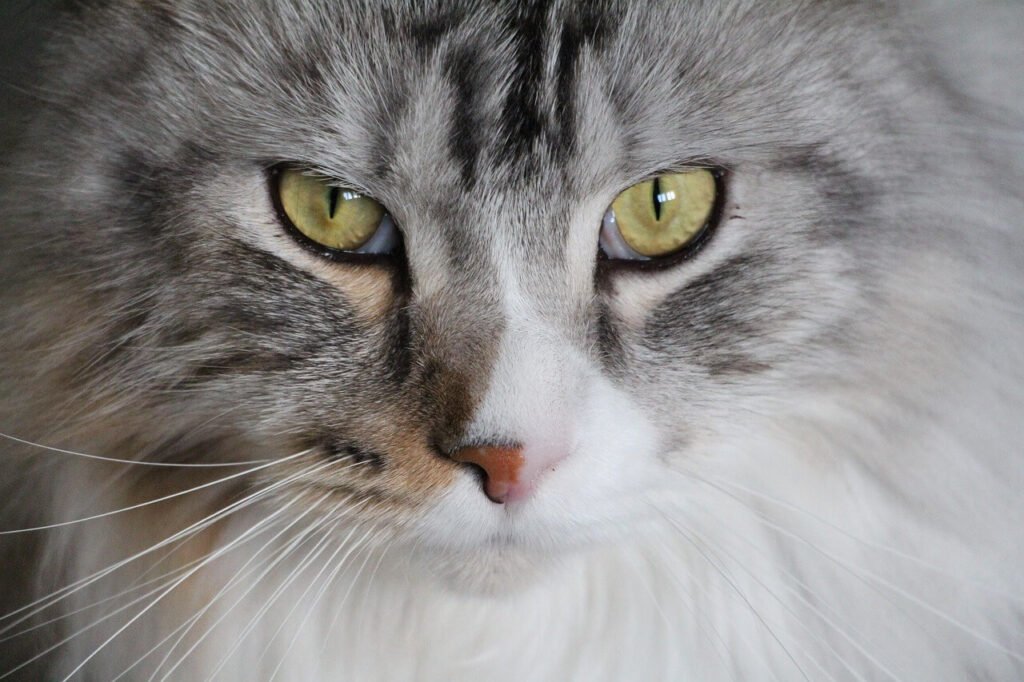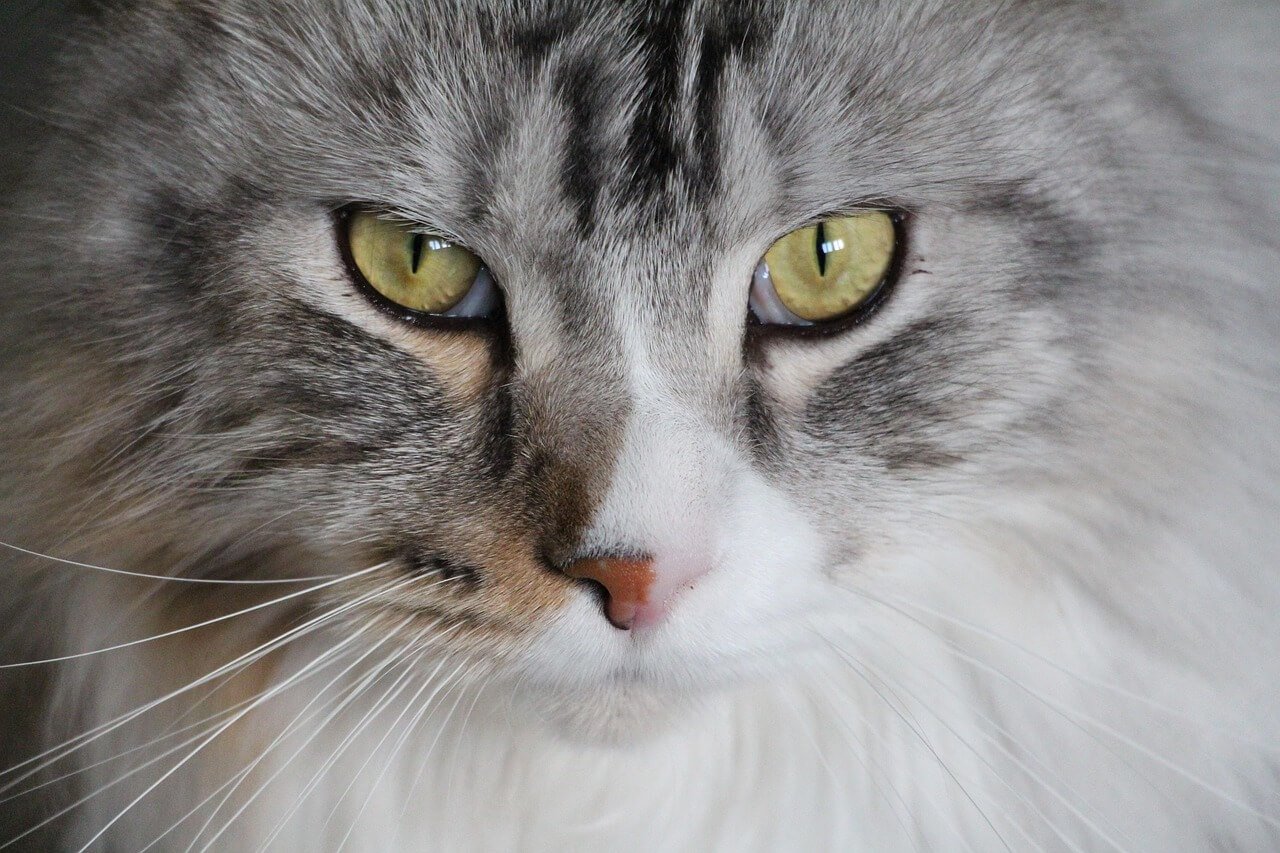Cat Appetite Stimulant: Helping Your Feline Friend Eat Again
A healthy appetite is a sign of a happy, thriving cat. However, there are times when your feline companion may lose interest in food, leaving you worried and unsure of what to do. Whether it’s due to illness, stress, or other factors, a decreased appetite can have serious consequences for your cat’s health. This is where a cat appetite stimulant comes into play. These tools, recommended by veterinarians, can help reignite your cat’s desire to eat and ensure they receive the nutrients they need.
In this blog post, we’ll explore what appetite stimulants are, how they work, and how you can use them to support your cat’s well-being. Let’s dive in and discover how to bring back your cat’s love for mealtime.
Types of Cat Appetite Stimulants
There are several types of appetite stimulants available for cats, each designed to address different causes of appetite loss. Understanding these options can help you make an informed decision about your cat’s care. Here’s an overview:
Prescription Medications
Veterinarians may prescribe medications like mirtazapine or cyproheptadine, which are specifically formulated to stimulate appetite in cats.Natural Supplements
Herbal remedies and supplements such as slippery elm or probiotics can support digestive health and encourage eating.Nutritional Gels
High-calorie gels enriched with vitamins and minerals provide a quick energy boost and entice cats to eat.Flavor Enhancers
Adding flavor enhancers like tuna juice or bone broth to your cat’s food can make meals more appealing.Environmental Adjustments
Sometimes, simple changes like offering a quiet feeding area or using a different type of food bowl can stimulate appetite.
Each type of appetite stimulant has its own benefits, and the best choice depends on your cat’s specific needs. Consulting your vet is essential to determine the most effective option.
Signs Your Cat May Need an Appetite Stimulant
If your cat is experiencing a loss of appetite, it’s important to recognize the signs early and take action. Prolonged refusal to eat can lead to serious health issues, including liver problems. Here are some indicators that your cat might benefit from an appetite stimulant:
Skipping Meals
If your cat consistently ignores their food or eats significantly less than usual, it could signal a problem.Weight Loss
Unexplained weight loss is a red flag that your cat isn’t getting enough nutrition.Lethargy
A lack of energy or enthusiasm may indicate that your cat isn’t eating enough to sustain their body.Changes in Behavior
Hiding, irritability, or disinterest in activities they once enjoyed can be linked to appetite issues.Vomiting or Diarrhea
Digestive upset may cause your cat to avoid food due to nausea or discomfort.
If you notice any of these signs, consult your veterinarian promptly. They can help identify the underlying cause and recommend appropriate treatments, including appetite stimulants.
Check this guide 👉How Many Cans of Cat Food Per Day? Best 7 Tips!
Check this guide 👉How Much Does Cat Food Cost Per Month? Best 7 Tips!

Types of Appetite Stimulants | Benefits of Each Type |
|---|---|
Prescription medications | Effective for chronic conditions |
Natural supplements | Gentle on the stomach, supports digestion |
Nutritional gels | Provides quick energy and hydration |
Flavor enhancers | Makes food more palatable for picky eaters |
Environmental adjustments | Reduces stress-related appetite loss |
Tips for Using Appetite Stimulants Effectively
Using appetite stimulants correctly is key to ensuring they work as intended. Here are some tips to maximize their effectiveness and help your cat regain their appetite:
Follow Veterinary Advice
Always use appetite stimulants as directed by your vet to avoid overuse or side effects.Combine with High-Quality Food
Pair appetite stimulants with nutritious, high-quality food to ensure your cat receives balanced nutrition.Offer Small, Frequent Meals
Instead of one large meal, provide smaller portions throughout the day to encourage eating.Create a Stress-Free Environment
Minimize noise and distractions during mealtimes to make the experience more enjoyable for your cat.Monitor Progress
Track your cat’s eating habits and overall health to assess whether the stimulant is working.
By following these tips, you can create a supportive environment that encourages your cat to eat and improves their overall well-being.
Common Causes of Appetite Loss in Cats
Understanding why your cat may lose their appetite is crucial for addressing the issue effectively. Here are some common causes of appetite loss in cats:
Illness or Pain
Conditions like dental disease, infections, or gastrointestinal issues can make eating uncomfortable.Stress or Anxiety
Changes in routine, new pets, or moving to a new home can cause stress-related appetite loss.Medications
Certain medications may have side effects that suppress your cat’s appetite.Old Age
Senior cats often experience a natural decline in appetite due to reduced activity levels or age-related health issues.Food Preferences
Cats can be picky eaters, and a sudden change in food type or brand may discourage them from eating.
Identifying the root cause of your cat’s appetite loss is the first step toward finding a solution. Always consult your vet to rule out underlying health problems.
Signs of Improvement After Using Appetite Stimulants
When using appetite stimulants, it’s important to monitor your cat for signs of improvement. These indicators can help you assess whether the treatment is working effectively. Here are some positive changes to look for:
Increased Food Intake
If your cat starts eating more or finishing their meals, it’s a clear sign that their appetite is returning.Improved Energy Levels
A noticeable boost in activity or playfulness suggests your cat is regaining strength from better nutrition.Weight Gain
Gradual weight gain indicates that your cat is consuming enough calories to support their body.Healthier Coat
A shinier, softer coat often reflects improved nutrient intake and overall health.Reduced Lethargy
If your cat seems more alert and engaged, it may mean they’re feeling better physically.
These signs of progress are encouraging and show that the appetite stimulant is making a difference. Continue to work closely with your vet to ensure sustained improvement.
Common Mistakes to Avoid When Addressing Appetite Loss
While addressing appetite loss in cats, certain mistakes can delay recovery or worsen the situation. Being aware of these pitfalls can help you provide better care. Here are some common errors to avoid:
Forcing Your Cat to Eat
Forcing food can create negative associations with mealtime and increase stress.Using Human Foods as Treats
Offering human foods like dairy or processed snacks can upset your cat’s stomach and discourage eating.Ignoring Underlying Health Issues
Focusing solely on appetite stimulants without addressing the root cause of appetite loss can lead to ongoing problems.Overusing Flavor Enhancers
Relying too heavily on flavor enhancers may make your cat dependent on them for eating.Delaying Veterinary Consultation
Waiting too long to seek professional advice can allow minor issues to escalate into serious health concerns.
Avoiding these mistakes ensures your cat receives the best possible care. Always prioritize professional guidance and patience when dealing with appetite issues.
Natural Ways to Encourage Your Cat to Eat
In addition to appetite stimulants, there are natural methods you can try to encourage your cat to eat. These approaches focus on creating a supportive environment and appealing to your cat’s preferences. Here are some effective strategies:
Warm Up Their Food
Slightly warming canned food can enhance its aroma and make it more enticing for your cat.Try Different Textures
Experiment with wet, dry, or semi-moist foods to find what your cat prefers.Use Interactive Feeders
Puzzle feeders or food-dispensing toys can make eating a fun and engaging experience.Create a Routine
Feeding your cat at the same times each day can help establish a predictable eating pattern.Offer Fresh Water
Ensure your cat has access to clean, fresh water to stay hydrated and support digestion.
By incorporating these natural methods, you can complement the use of appetite stimulants and further encourage your cat to eat. Remember, every cat is unique, so it may take time to find the right combination of strategies.
Frequently Asked Questions About Cat Appetite Stimulants
Are appetite stimulants safe for cats?
Yes, when prescribed or recommended by a veterinarian, appetite stimulants are generally safe and effective.
How quickly do appetite stimulants work?
The effects vary depending on the type of stimulant, but many show results within a few hours to a few days.
Can I use appetite stimulants long-term?
Long-term use should only be done under veterinary supervision to avoid potential side effects or dependency.
What if my cat still won’t eat after using a stimulant?
If your cat’s appetite doesn’t improve, consult your vet to investigate further and explore alternative treatments.
Are natural appetite stimulants as effective as prescription ones?
Natural options can be helpful, but their effectiveness may vary. Prescription stimulants are often more potent for severe cases.
Supporting Your Cat’s Health Through Proper Nutrition
A cat’s appetite is a window into their overall health and happiness. When your feline friend loses interest in food, it’s important to act quickly and compassionately. Appetite stimulants, whether prescription-based or natural, can be a valuable tool in helping your cat regain their zest for eating. By understanding the causes of appetite loss, recognizing the signs, and using stimulants effectively, you can ensure your cat stays nourished and healthy. Remember, your love and attention play a vital role in their recovery. With patience and care, you can help your cat rediscover the joy of mealtime and thrive once again.
Cat Fever Treatment: Best 7 Expert Tips! Discover expert advice on identifying, managing, and treating fever in cats to ensure their quick recovery and well-being.
Understanding Meloxicam for Cats: Best 7 Expert Tips! Learn how to safely administer meloxicam, manage side effects, and ensure your cat's comfort with expert advice on feline pain relief.
Amoxicillin for Cat UTI: Best 7 Expert Tips! Discover safe usage, dosage guidelines, and expert advice on treating feline urinary tract infections effectively with amoxicillin.
Understanding Cat Cancer Treatment: Best 7 Expert Tips! Discover expert advice on managing feline cancer, from early detection to treatment options, ensuring your cat’s health and comfort.





